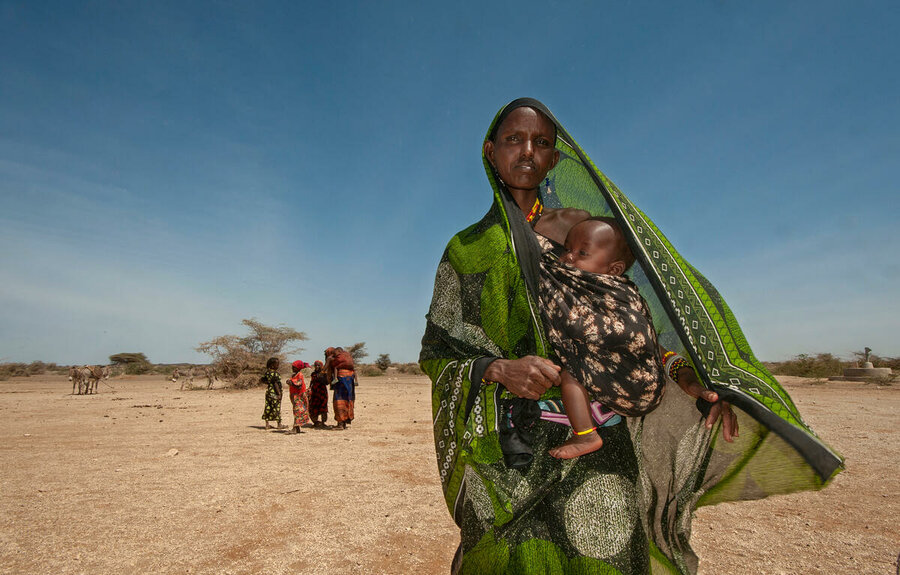
Across the Horn of Africa - in Djibouti, Ethiopia, Kenya, and Somalia - 22 million people currently face a severe hunger crisis after four consecutive failed rainy seasons.
Alarmingly, this figure is expected to increase, with a fifth poor rainy season forecast by the end of the year.
Disruptions to grain supplies and rising prices caused by the war in Ukraine have pushed more and more people to the brink - in regions already reeling from skyrocketing costs resulting from the intersection of climate change, conflict and the COVID-19 pandemic.
"We don't have the luxury of just focusing on what needs to be done today," says Michael Dunford, the World Food Programme's Regional Director for East Africa. "We also need to start preparing for the next shock - whether that's the next drought, the next flood or the next crisis."
"We also need to start preparing for the next shock - whether that's the next drought, the next flood or the next crisis" says Michael Dunford, the World Food Programme's Regional Director for East Africa.
In Ethiopia, food prices are at an all-time high and have been since the height of the pandemic. Pastoralists in the southern and eastern lowlands of the country have powerlessly watched another predator - drought - reduce their livestock to skin and bones.
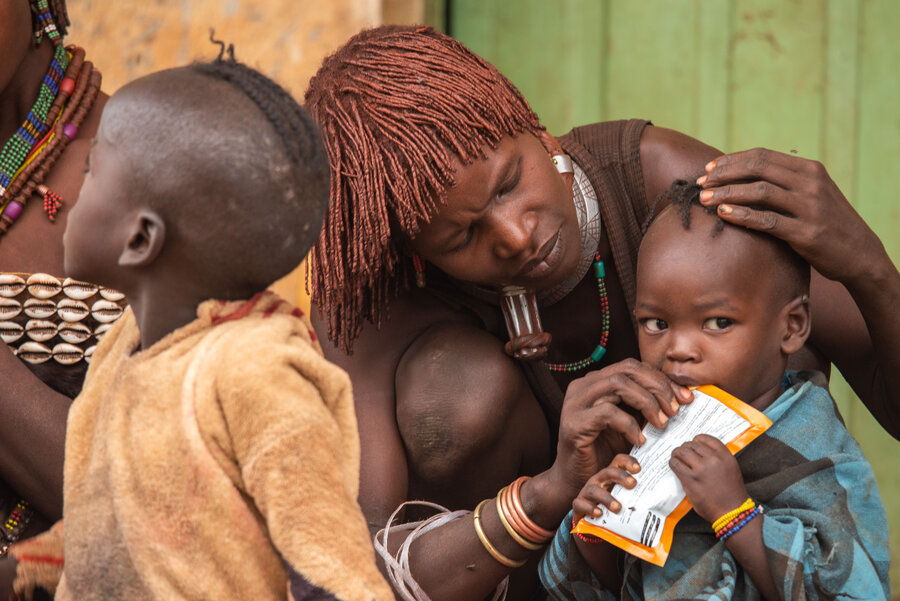
Bergi witnessed the scorching weather decimate her crops and animals. She lives in the South Omo zone, in Ethiopia's southeast, near the border with Kenya.
She made it to the Eria Ambule health post with her 11-month baby when their health started to deteriorate.
Behailua, is one of the nurses who works there, treating children aged under-5 and their mother's suffering malnutrition. "I observe big changes a few days after they've been introduced to the nutritional food supplements," she says. "Mothers and children have started to gain weight and are slowly getting back on their feet."
Some 3.9 million children are severely malnourished in Ethiopia alone, or roughly half all those suffering from malnutrition across the Horn of Africa.
"This is the worst drought, the driest it's ever been in 40 years. So, we are entering a whole new phase in climate change," says WFP's Michael Dunford
The climate crisis that has uprooted more than 1 million people. Today, they are on the move in search of food, pasture, water and alternative livelihoods.
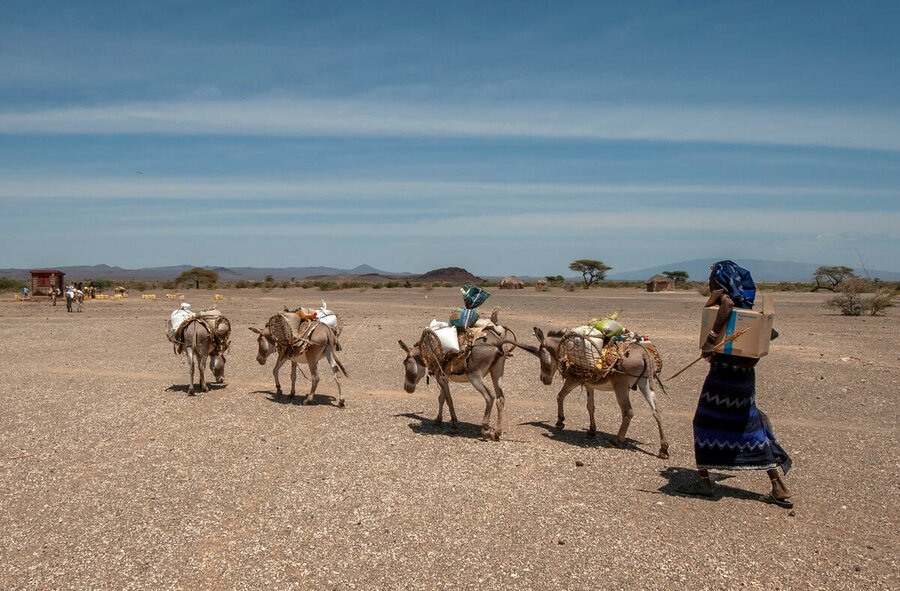
Scaling up
To avert a humanitarian catastrophe, WFP has scaled up its operations to reach 8.5 million people across the Horn of Africa with food and cash assistance as well as nutrition support for young children and mothers.
"What we're witnessing is a threefold increase in the number of malnutrition cases. There's an urgent need to invest in interventions to prevent malnutrition so that we don't lose an entire generation to the drought," adds Dunford.
It's a similar picture in the tiny coastal country of Djibouti.
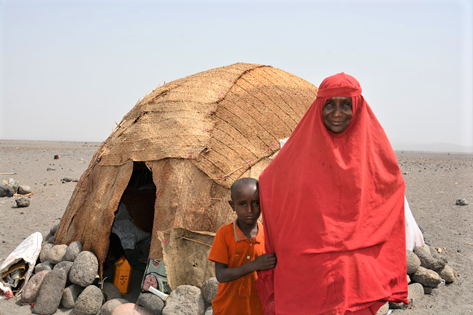
"Before the drought, I had a total of 20 goats," says Fatouma Daoud, a farmer from a remote area northwest of the capital. "I started selling them one by one to feed my family, but it was never enough. Now, I'm left with a few and they've started to be-come weak and I'm not sure how long they'll live."
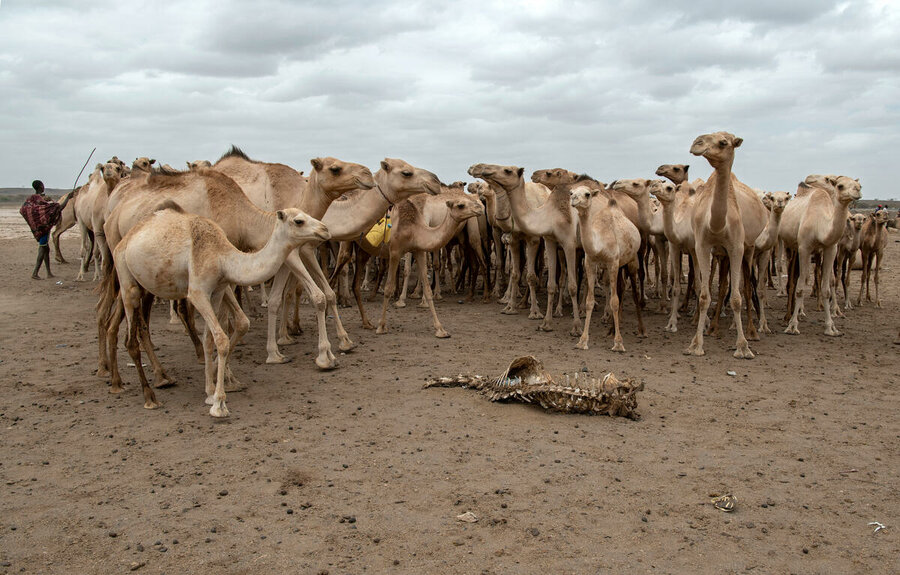
Extreme food and water scarcity have killed around 7 million livestock across the Horn of Africa, imperiling livelihoods of pastoralists such as Bergi and Fatouma, who rely on them for food and income. The fragile ecosystems where they live, and the way of life these lands have sustained for generations, are gradually collapsing due to erratic climatic patterns.
"The only water source we all have access to is a couple of water forages (pond-like water points) that are now becoming emptier by the day," says Fatouma.
In a country heavily reliant on imported food - which accounts for 90 percent of Djibouti's supplies - high food and energy costs are forcing families like Fatouma's to eat fewer or less nutritious meals.
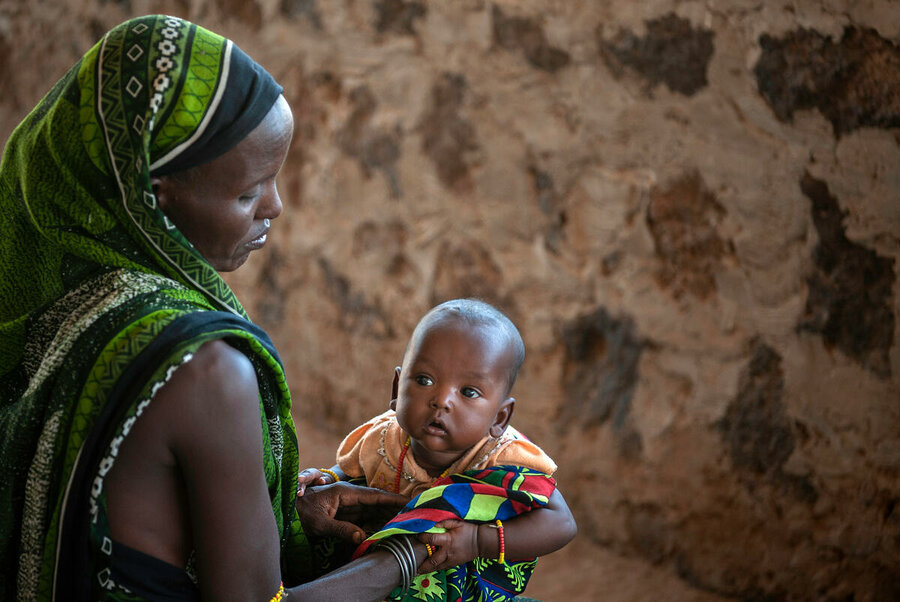
"Market prices have risen even more than before, and we have to adapt in any way possible" she adds.
Over the past year, the average monthly price of the local food basket has increased by nearly half across the broader East Africa region. In Kenya, where inflation tops 15 percent, the drought coupled with high fertilizer prices is expected to shrink regional cereal production by roughly 16 percent, triggering broader economic spinoffs. The prices of maize and sorghum in Somalia are triple what they were a year ago.
"The drought has resulted in unimaginable suffering amid the traditional nomadic population. We've seen up to 75 percent of households eating less, resulting in in-creased malnutrition rates" says Mary Njoroge, WFP Country Representative in Djibouti.
"We're doing all that we can - should additional fund be available, we are planning to scale up our operations to reach 90,000 people in the worst affected areas of the country with food and cash support, so mothers don't need to leave their children hungry."
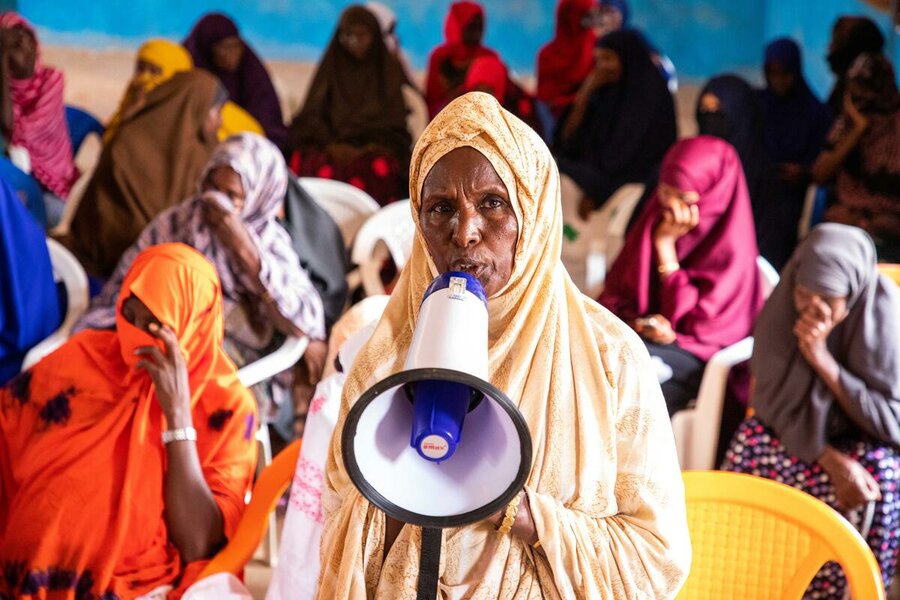
Climate-smart Investments
Using weather forecasts and innovative approaches, WFP has set up early-warning systems in Ethiopia and Somalia, where people receive life-saving information and cash payments, enabling them to be prepared before disasters strike.
WFP is also investing in sustainable solutions to make communities resilient to disasters. We're building irrigation canals and culverts and establishing community and household gardens.
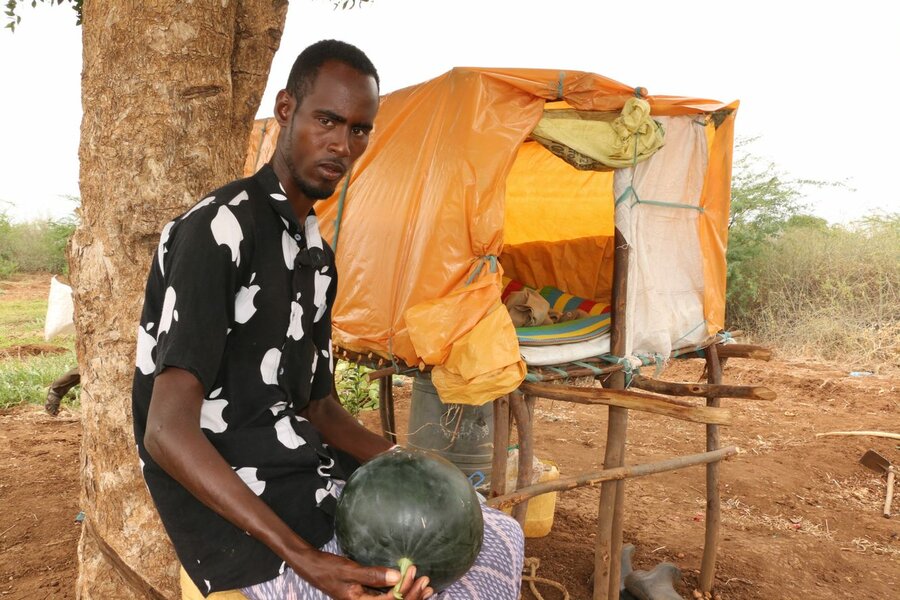
As Kenya's hunger soars amid the protracted drought, for example, farmer Abdi Raman is staying afloat in northeastern Garissa County, thanks to a solar-powered pump installed by the WFP and the local government.
"I've been able to feed fodder to my seven cows and keep them alive even during the drought," Abdi says of the pump which also irrigates his crops, drawing water from a local river.
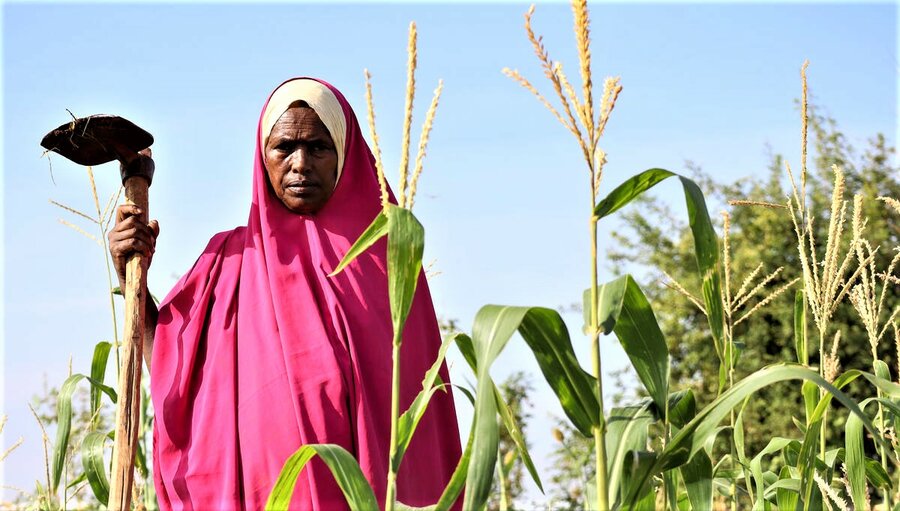
Now, he's planting his second crop of sweet melon, or honeydew. During the last harvest, in April, he earned US$ 430, selling the melons in the local market.
In Somalia, WFP supported women like Muhuba Hassan Warsame by providing them with a plot of land and resources to kick-start their household gardens.
"This land was barren at first, but with the farming tools, we've started growing beans, tomatoes, green pepper, and okra," Mahuba says. "I sell them in the local market, and with the income, I've been able to feed my children healthy food - even during the drought."
WFP urgently needs US$418 million over the next six months to support those most in need in the Horn of Africa, and to prevent widespread loss of lives.






